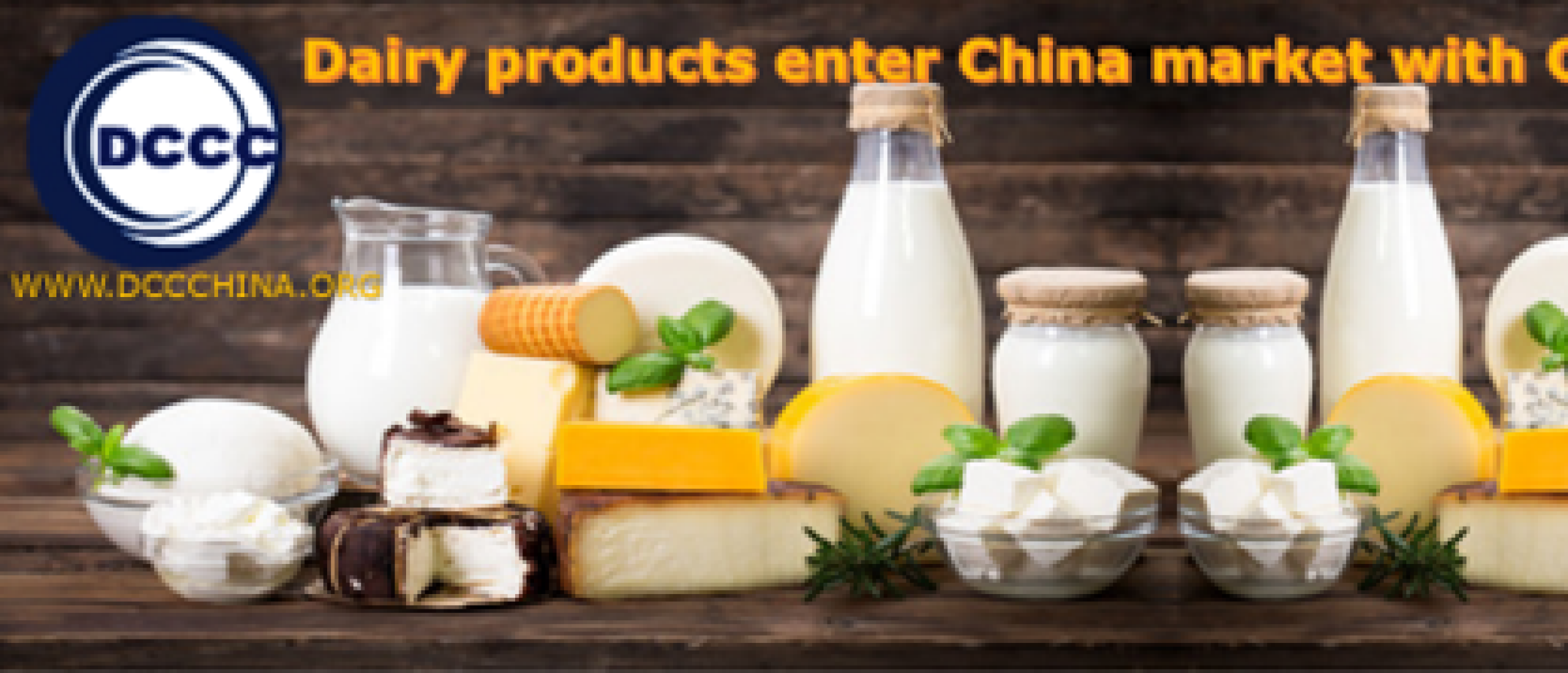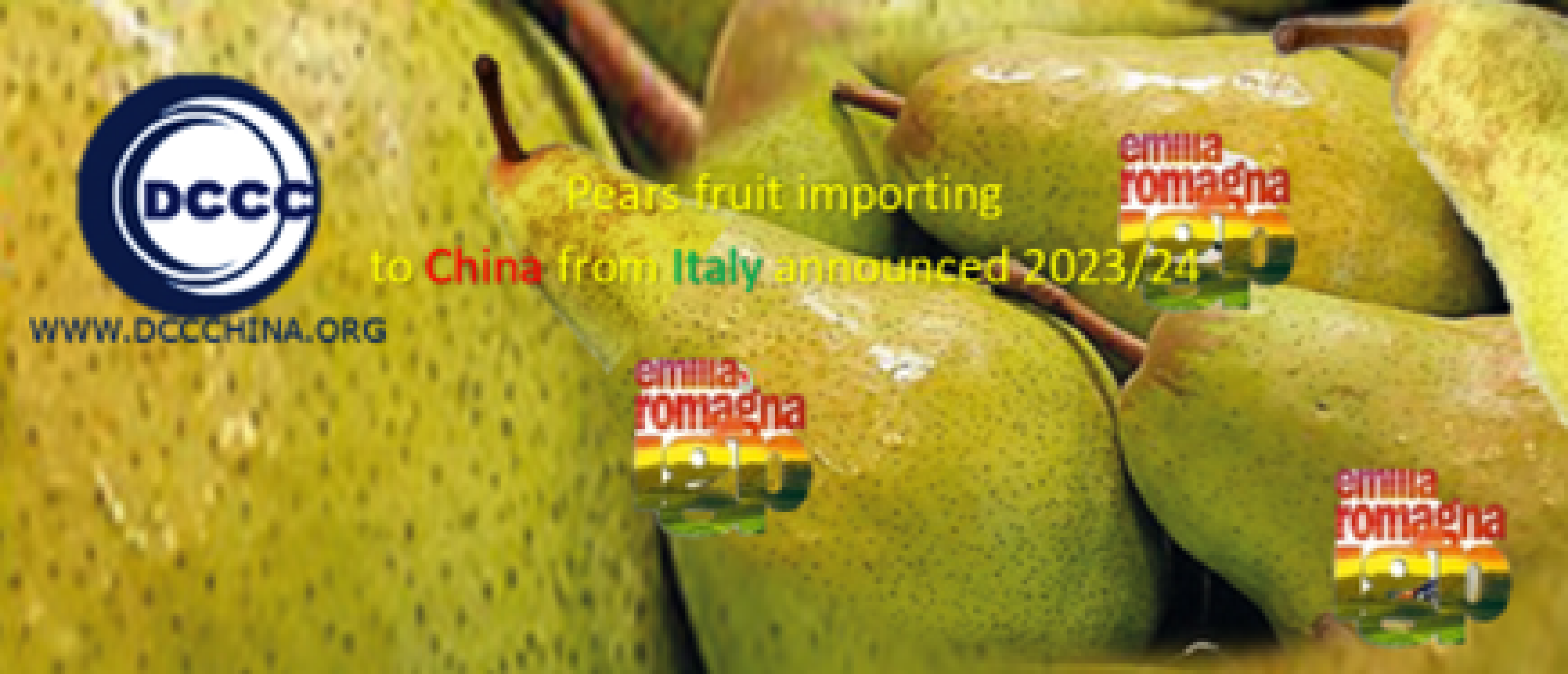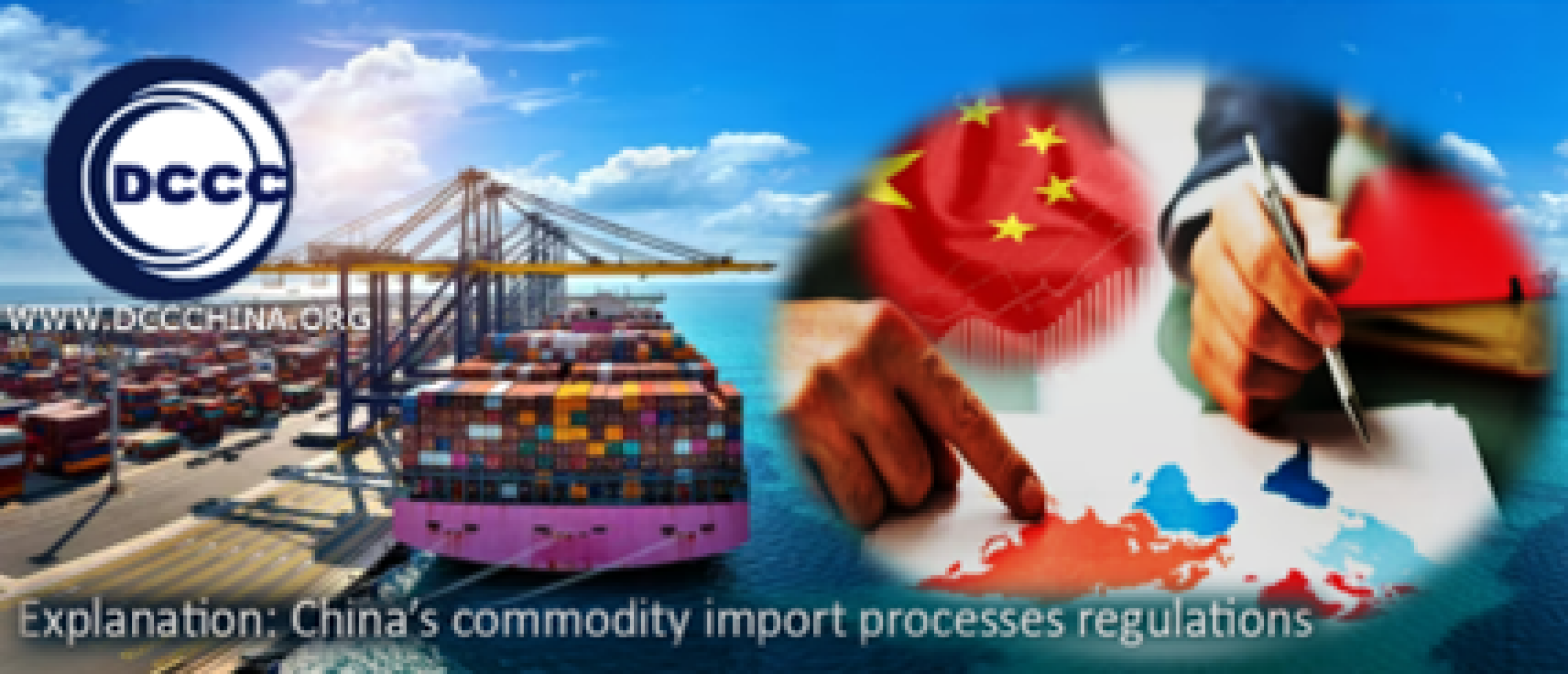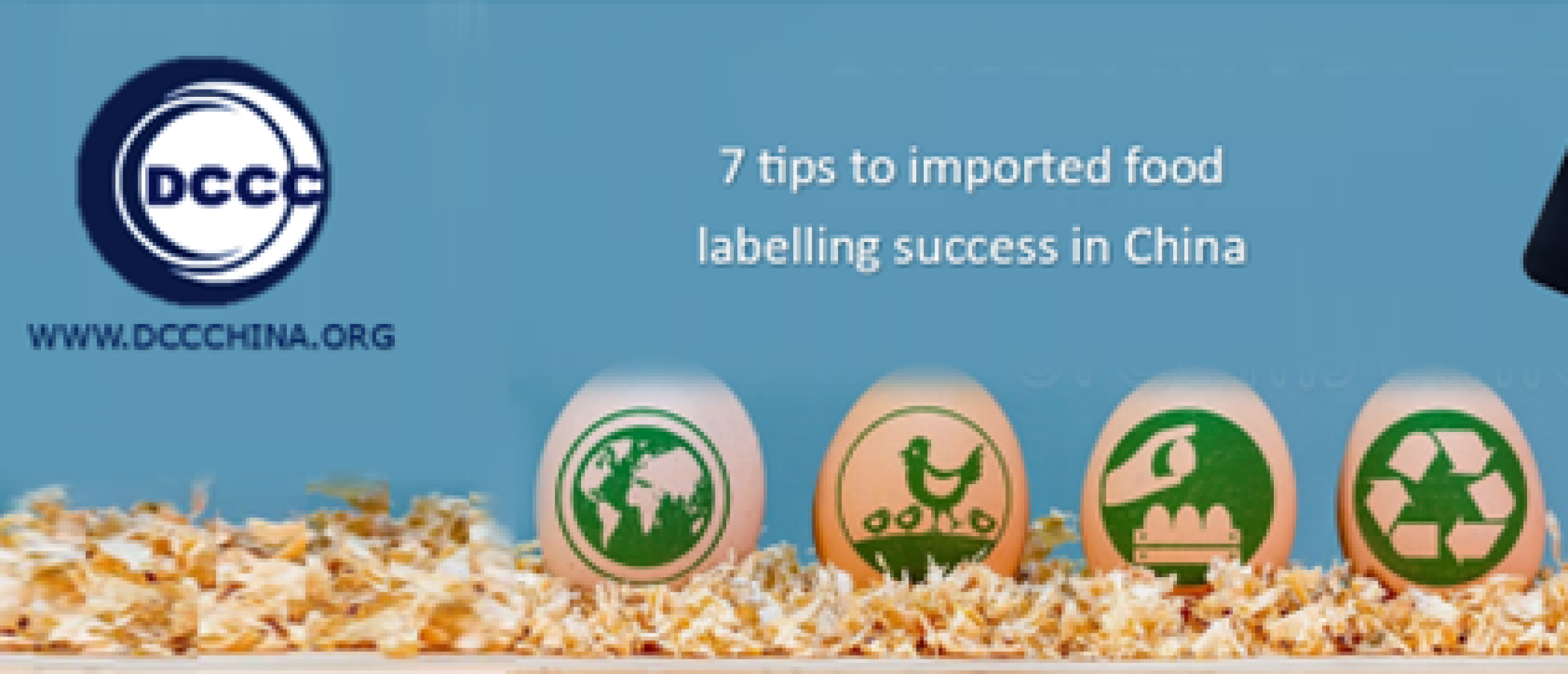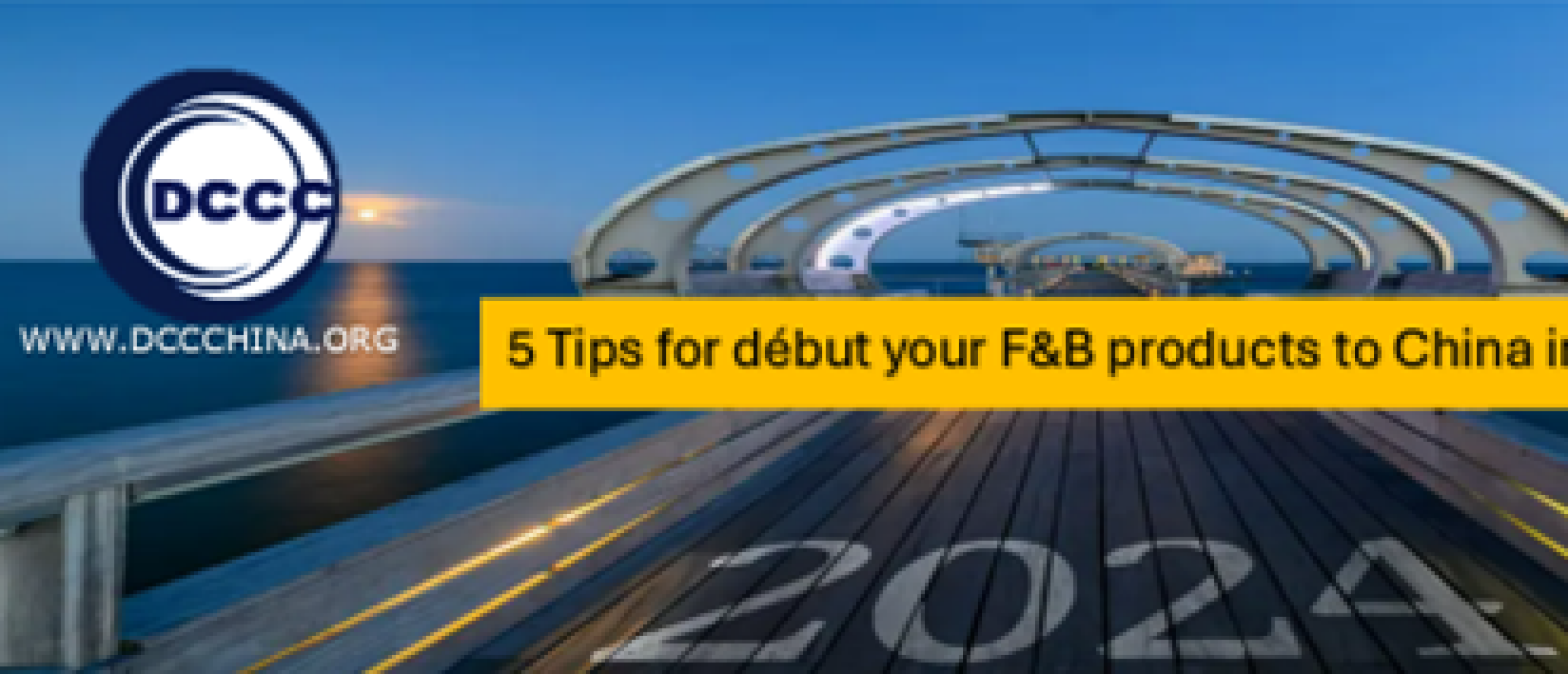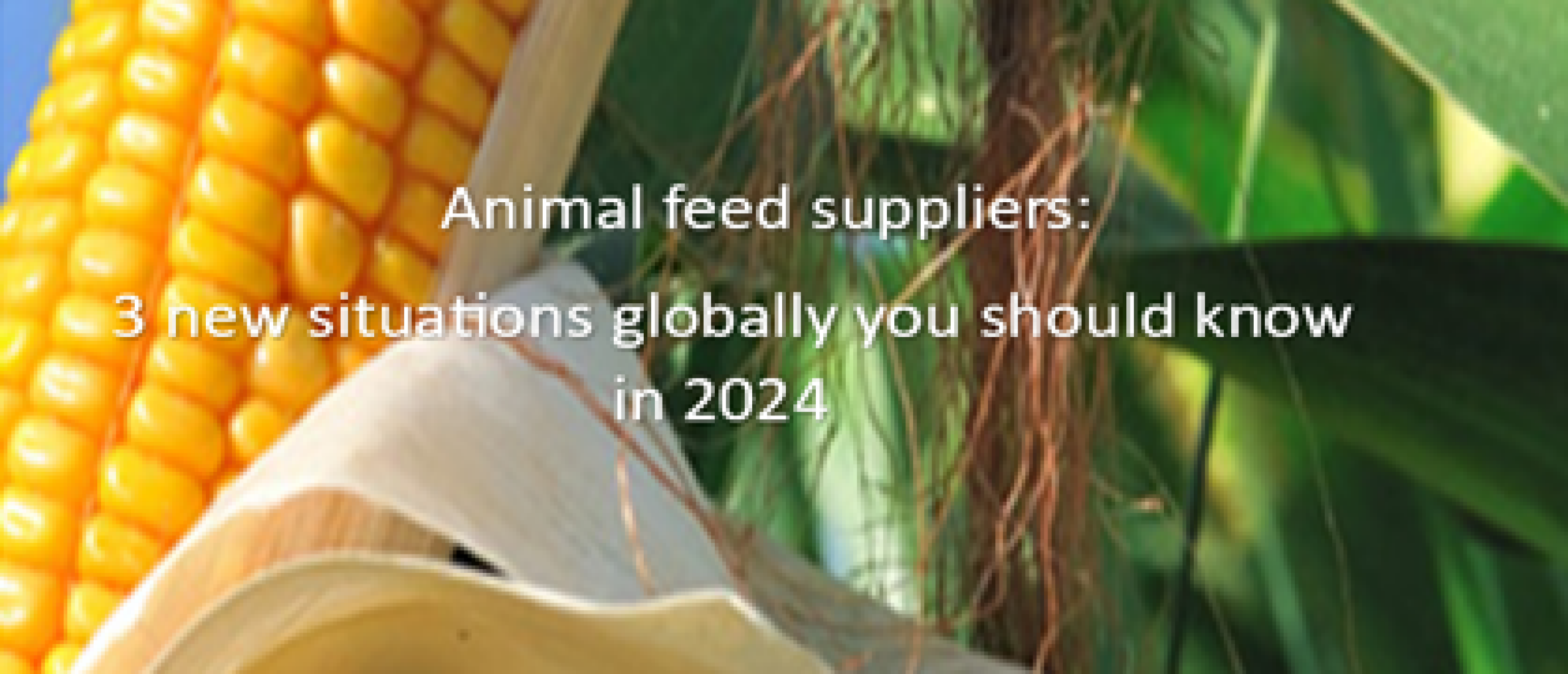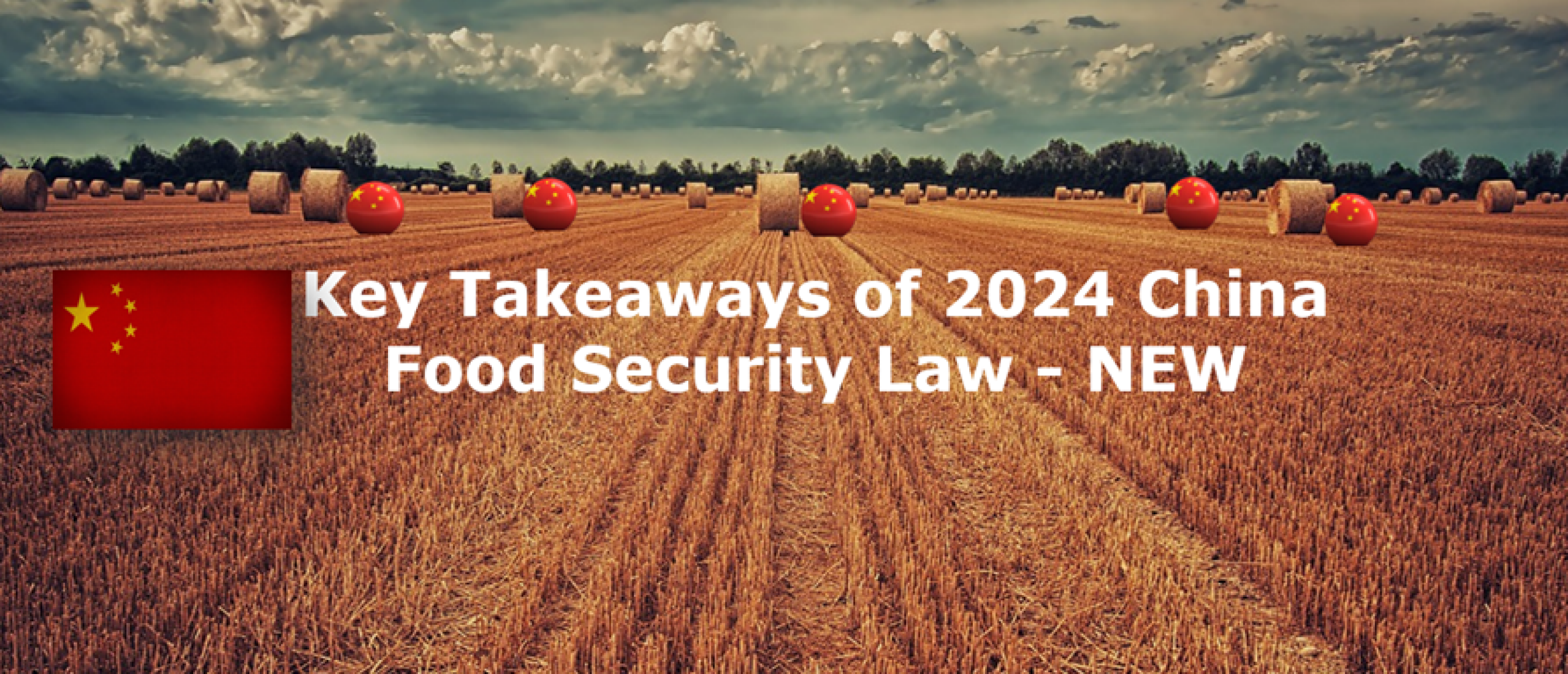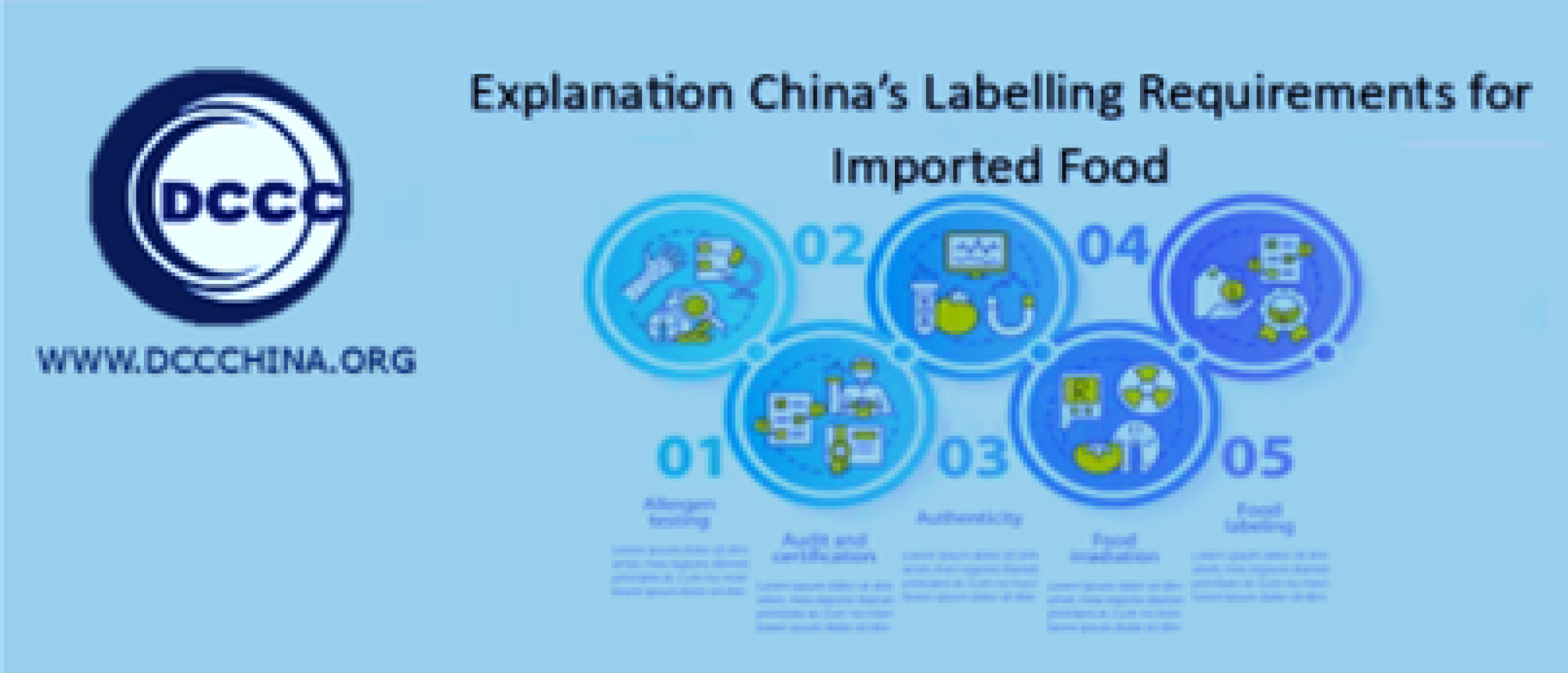
Explanation imported food labelling requirements in China
 China’s labelling requirements for imported food is a complex subject matter, this explanation focuses on relevant essentials, makes labelling requirements for imported food clearer to overseas food traders exporting food products to China, instrumental for foreign food businesses targeting China’s food market.
China’s labelling requirements for imported food is a complex subject matter, this explanation focuses on relevant essentials, makes labelling requirements for imported food clearer to overseas food traders exporting food products to China, instrumental for foreign food businesses targeting China’s food market.
Keeping in line with China’s labelling requirements for imported food
Conforming with the rules with China’s labelling requirements for imported food is the significant step, make sure you understand it thoroughly and entirely when your food products entering China, the labelling must as China required for imported food. As the country growing demands for more imported quality foodstuffs, there are some challenges in understating and applying China legal requirements with food labelling issues.
For foodstuffs, particularly, packaged food produced by overseas manufacturers, to import foodstuffs to China successfully, food labelling must meet the criteria of China’s labelling requirements for imported food, this is a key issue and the first step to take a good care, making sure foodstuffs produced by foreign food manufacturers, the labelling of its foods produced fit into China’s labelling requirements for imported food.
Imported food labelling as required to strengthen safety procedures
China’s food market has attracted international food traders, importing food products to China has forming a trend, it is phenomenal, China became the world’s largest importer of various food products, particularly, increased imports of edible oils, sugar, meat, and processed foods, that has led to attention to food quality control, product’s content, origin, labelling correctness, etc., and to strengthen necessary safety procedures for importing packaging food products into China.
Food labelling must meet legal requirements, but also serve consumers and producers interests, trustable quality food products gain more Chinese consumers and benefit the reputation of foreign suppliers in a long run.
This clarification is a practical guide for correctly understanding China’s food labelling regulations for imported prepackaged foods, find out how to take actions to prevent legal risks.
You will discover the instruction quite surprisingly handy and practical, completely revised and updated for a whole new generation of achievers, this standard guide has served and support food products suppliers to China worldwide.
Understanding China imported food labelling legal spectrum in detail
China imported food labelling requirements are regulated by the China Food Safety Law which practiced since 2015 with subsequently amended, which require food importers to hold a license, provide traceability, and have preventive controls and a preventive control plan.
Some food commodities also have specific requirements related to grades or standards, including addressed various aspects of food labelling, to guarantee the imported food safety, China has established a broad regulation.
(1) Food labelling requirements coupled in China Food Safety Law
Food labelling requirements coupled in China Food Safety Law. For food products, particularly packaged foodstuffs imported to China by trade, all prepackaged foods that require a label, there are core labelling requirements, such as: in simplified Chinese characters food labelling by law, common name on food labels, country of origin on food labels, date markings and storage instructions on food labels, name and principal place of business on food labels, etc.
in addition, nutrition labelling, labelling requirements for sweeteners and foods that contain sweeteners, food additives, etc.
China food safety law gives a full account of the country ultimate codes and China requirements for food safety management. For additional details, refer to Food Safety Law in China. Under the China Food Safety Law, here are core provisions related to food labelling requirements:
True nature of food: food labels must provide correct and full ingredient its, nutrition facts, and allergen information.
Prohibit false or misleading claims on food labels, safeguarding that consumers are not deluded by imprecise advertising.
Country of origin on food labels, mandates the disclosure of the product’s place of origin,
(2) China nationwide standards for food labelling requirements
China nationwide standards for food labelling requirements. Food-specific labelling requirements: such as, Labelling requirements alcoholic beverages, confectionery, chocolate and snack food products, dairy products, processed egg products, shell eggs, fats and oils, fish and fish products, foods for special dietary use, fresh fruits or vegetables, grain and bakery products, honey, infant foods, infant formula and human milk, maple products, meat and poultry products, and labelling requirements for processed fruit or vegetable products. all those food-specific labelling requirements are mandated.
All imported food to China is in simplified Chinese characters food labelling by law, and all food product entering China must go through Customs Clearance process, following nationwide standards food labelling related specific regulations directives. Here are 11 most important nationwide general standards related to the most imported food labelling in China:
- Implementation rules for new … dietary supplements (trial issue). 13/08/2023
- Detailed rules for examination and approval … meat products. 18/07/2023
- Measures for the... quality safety of edible agricultural products. 30/062023
- Administrative measures … for the infant formula milk powder. 26/06/2023
- Decree no. 78 of the State... food trade licensing & recordation. 15/06/2023
- Measures for evaluation and assessment of food safety work. 07/03/2023
- National food safety standard nutrition labelling prepackaged foods
- General standard for the labelling of food additives
- General standard for the labelling of prepackaged foods
- General standard labelling prepackaged alcoholic beverage
- General standard labelling of prepackaged foods for special dietary use
 Common issues in comply with China's food labelling requirements
Common issues in comply with China's food labelling requirements
Common issues in compliance food labelling requirements in China. All imported food to China must in simplified Chinese characters food labelling by law, there is no alternatives in this languages issue, must comply if you want to successfully, and smoothly importing your food products into China. It’s also worth mentioning that readability and legibility interplay relating food labelling issue,
Readability is about how easily you can read labelling words or a labelling document (headings, sentences, paragraphs, etc.). This is influenced by your text formatting decisions (such as structure, hierarchy, font sizes, line length, line height, margins, whitespace, and contrast.
Legibility is about how easily you can recognize, distinguish, and read individual characters in a labelling text in accordance with.
Readability is about the overall labelling reading experience, while legibility is about recognizing characters in a typeface. If you can’t read individual characters in a font, the font is illegible, at least in that specific context.
Particularly, paying more attention to following 5 aspects, correct understanding Chinese labelling requirements for imported food that will make your products entering China easier.
Common issues (1): Simplified Chinese characters food labelling
As Chinese labelling requirements for imported food products are non-negotiable. Correct transcript of food labels is a key principle to avoid misunderstandings, and arguments. Common transcript issue include:
Linguistic: All food labelling content must be provided in simplified Chinese characters. Bilingual food labelling that are scripted in two languages (Chinese and English) is acceptable, however, the Chinese text priority in terms of legibility.
Transcript: Labels must consist of product name, ingredient, net weight or volume, shelf life, storage conditions, and usage instructions.
Formatting: text structure, line length, line height, margins, whitespace, and contrast, and font sizes should be legible, and meet specified requirements, easily you can read labelling words or a labelling document (headings, sentences, paragraphs, etc.).
Common issues (2): Conforming to labelling Chinese standards
Conforming to the Chinese standards for food labelling and regulations, there are 3 key aspects of non-negotiable requirements by law in China: Ingredient list, nutritional values, and food allergy & intolerance information.
-You must give to customers information on food products ingredient, you must put a list of ingredients (including information on additives) on the packaging of all pre-packed products in conforming to food labelling requirements Chinese standards.
-You must also show food allergy & intolerance information inconformity with the food labelling requirements Chinese standards, allergen labelling providing to consumers with food hypersensitivity, if an ingredient has been irradiated.
-You must label pre-packed food products with nutritional information in accordance with food labelling requirements Chinese standards, checking the nutrition label is a good way to make healthier food choices, such as, high in fat, salt and added sugars, etc.,
Common issues (3): Fraudulent or forged info on food labelling
Fraudulent or forged info placed on food labels can result in unpleasant litigation, deceive consumers is not only a moral issue, but lead to serious legal and regulatory consequences. It is important to follow the rules and regulations over food labelling requirements in the process of handing your trade documents, to respect China’s imported food labelling requirements for correct declaration, such as health benefits or quality attributes, etc., Fraudulent or forged info on imported food labelling can bring further serious consequences that inflate beyond.
Common issues (4): Financial penalties on nonconformity
Consequences of nonconformity or nonfulfillment China's labelling requirements for imported food can lead to heavy financial Penalties. To impose penalties and fines is the most practical techniques approaches to address non-conformity issue regarding implementations of China's labelling requirements for imported food. These financial penalties are immediate and tangible, which can be quite different in value, the amount depends on the severity of the infringement, wider ranging from thousands to millions of RMB yuan.
Common issues (5): Product recall or seizure even market access restrictions
In dealing with non-compliance or nonconformity with China's labelling requirements for imported food, official order product recall without delay and swift seizure can be applied, particularly, when consumer health and life safety are at risk, the Chinese regulatory authorities hold the utterly official power to order the non-compliant products immediate recall and swift seizure.
Resulting further severe penalties, even with market access restrictions, it means that for a company's goods imported into the Chinese market may be impeded or restricted in various ways. The most common barriers to market access include quantitative restrictions and technical requirements.
For those continuing firmly or obstinately in a course of non-compliance with China's labelling requirements for imported food, its far reaching effect to its trades can not be taken lightly.
Not only limiting company's ability to enter China market, also facing with difficulty or opposition with selling its goods and services in the country, endure over a prolonged period non-compliance may be hampered or restricted its business implications for the effectiveness in international trade.

